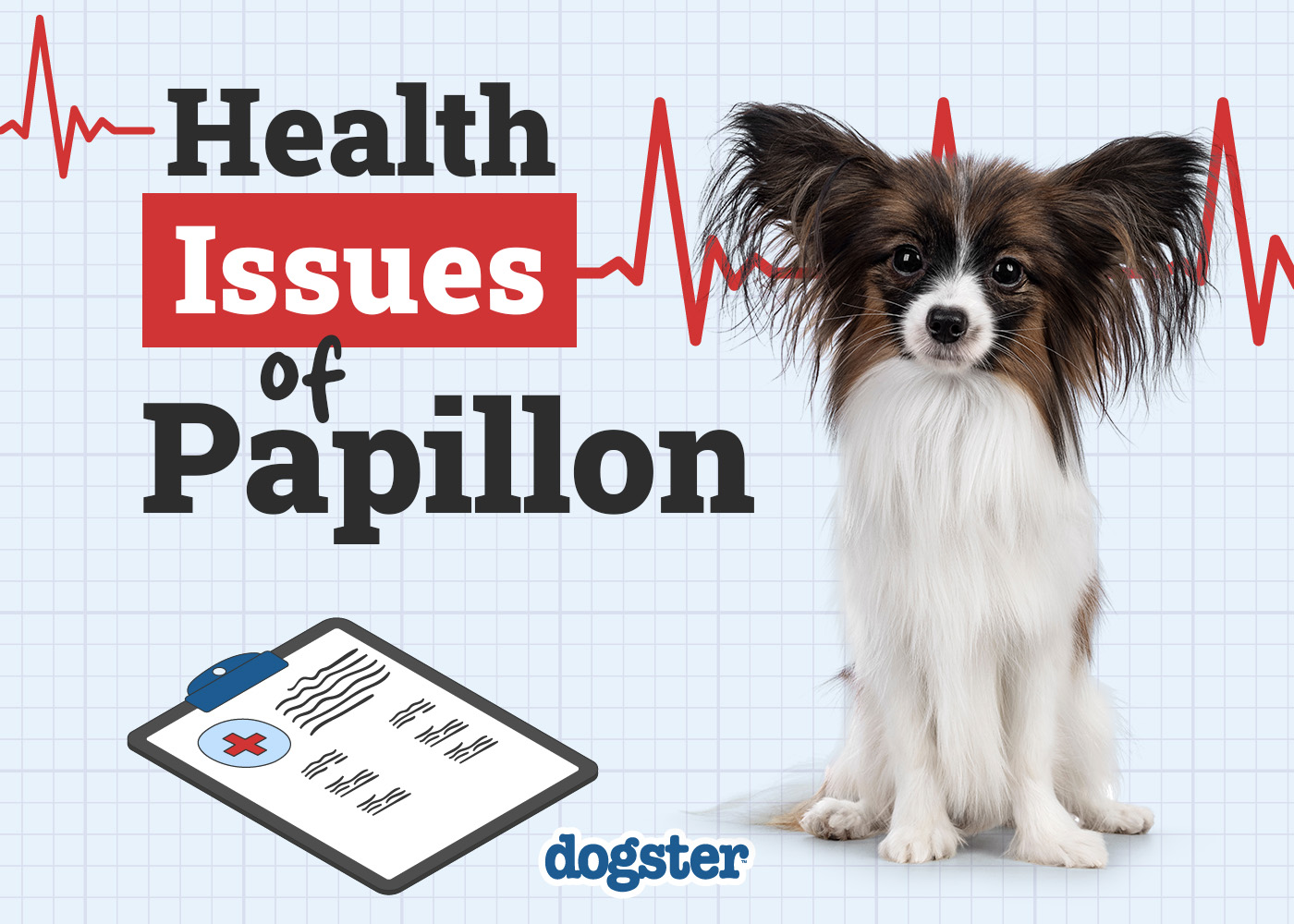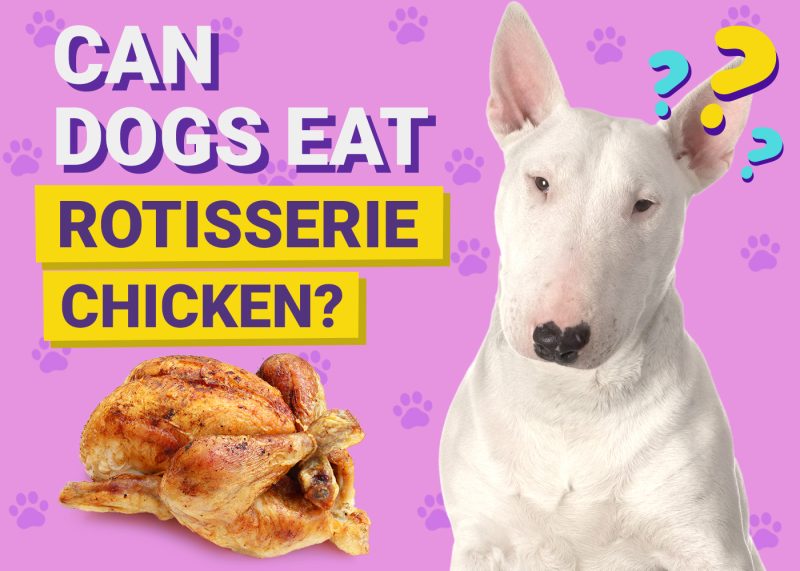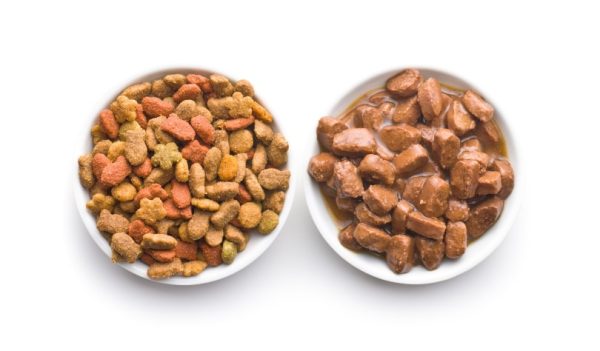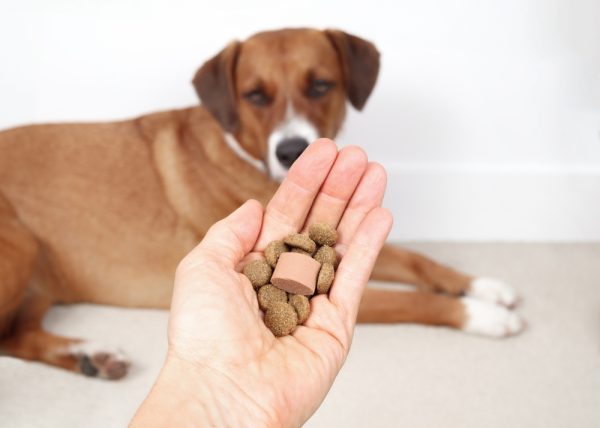The Papillon is a small but feisty dog that has plenty of energy and friendly behavior. The breed’s name is due to the winged appearance of their raised ears (“papillon” in French means “butterfly”). However, there are individuals with drooping ears, which are called “phalene” or “night moth” ears.
The Papillon originated in France as the Continental Toy Spaniel, which lacked the erect ears. Their ears are not considered a defect, being only a matter of personal preference. Puppies in the same litter can have different types of ears.
In terms of health, this breed is prone to certain problems, such as luxating patella, von Willebrand disease, progressive retinal atrophy, or cataracts. They also can suffer from separation anxiety.

The 5 Common Papillon Health Issues
1. Luxating Patella
Luxating patella is a condition in which the kneecap is displaced or dislocated from the knee joint from its normal position. Dogs can be born with this defect (in which case, the condition is hereditary), or it can occur later in life (acquired condition). Although trauma to the knee can lead to luxating patella, the condition is mainly inherited. Toy breeds, including Papillon, are the most commonly affected.
Patellar luxation has four degrees, the first being the least severe. In grade 4, the patella is permanently dislocated and cannot be manually repositioned. If the condition is hereditary, it will progress from grade 1 to 4.
- Lameness that comes and goes
- Inability to bend the knee
- Cracking or popping noises when your dog bends their knee
- Hunched lower back
- Pain when moving the leg
- Refusal to run or jump
- Refusal to exercise
- Swollen joints
- Muscle weakness
If your Papillon shows these clinical signs, talk to your veterinarian. Dogs with grade 1 and 2 luxating patella will not always need surgery; they can be treated conservatively.
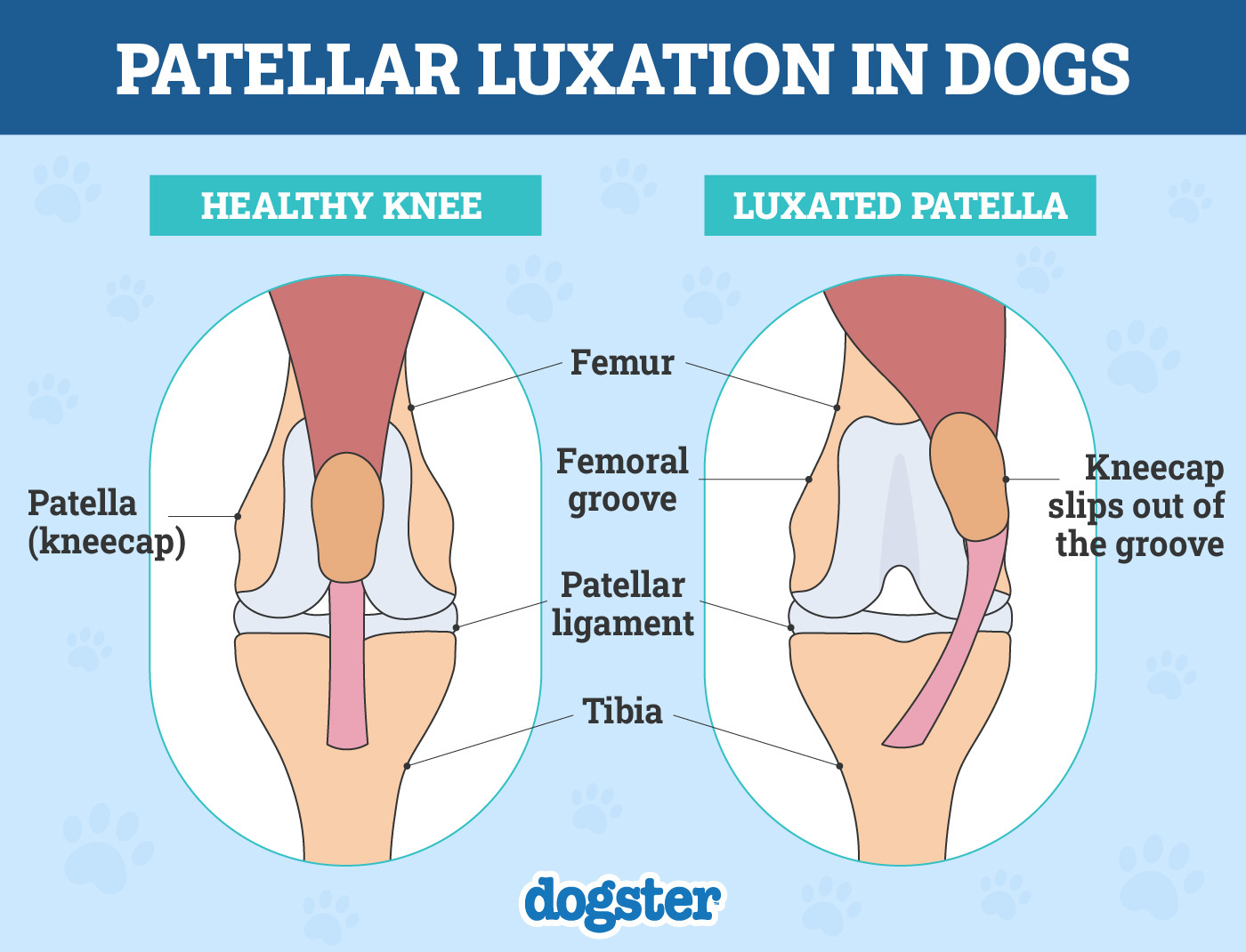
2. Von Willebrand Disease
Von Willebrand disease is a common hereditary coagulation disease in dogs. The lack of the von Willebrand coagulation factor is the essential deficiency in its development, which is usually mild/moderate.
There are three types of von Willebrand disease:
- In type I, wounds bleed more than normal, but otherwise, the affected dog leads a normal life. This type is found in approximately 80% of dogs diagnosed with this condition. Type I is the least severe and the most common in Papillons.
- In type II, the von Willebrand coagulation factor shows structural defects.
- In type III, the von Willebrand coagulation factor is completely absent.
- Excessive bleeding after nail trimming
- Excessive bleeding following the loss of baby teeth (deciduous teeth)
- Excessive bleeding during surgery
- Nose or gum bleeding
- Bloody urine
- Bloody stools
- Bruising easily
Your veterinarian may suspect the disease if your dog suffers from prolonged bleeding following interventions or invasive techniques. To diagnose it, they will measure the clotting time by puncturing your dog’s gums. The diagnosis of certainty is made by DNA or ELISA testing.
Since von Willebrand disease is hereditary, it cannot be treated. Instead, in acute or preoperative situations, the veterinarian will administer von Willebrand factor transfusions to stop or prevent bleeding.
3. Progressive Retinal Atrophy
Progressive retinal atrophy (PRA) is a degenerative, progressive condition that leads to blindness. It develops simultaneously in both eyes and affects approximately 100 dog breeds, including the Papillon.
The disease consists of progressive degeneration/atrophy of the visual receptors (photoreceptors), which are represented by two types of cells:
- Cones (responsible for daytime vision)
- Rods (for night and twilight vision)
In this condition, rods are mainly affected. Therefore, in the initial phase, your dog will lose their night vision. As the disease progresses, the cones are also affected, and your dog will gradually lose their sight.
In the early form, dogs show decreased visual acuity starting at the age of 4–6 months and may be completely blind at the age of 6–12 months. In the degenerative form, the first signs of reduced visual acuity can occur at the age of 2–6 years and sometimes, even at 10 years.
Clinical signs are usually only observed when the animal is completely blind because they can adapt quickly and easily to the decrease in visual acuity. The signs can be observed best when your dog is in unknown territory. These may include:
- Hitting surrounding objects
- Avoiding stairs
- Being uncertain when going up and down stairs
- Avoiding the dark
The diagnosis is made by the ophthalmologist, and treatment is an attempt to slow down the progression of the disease.
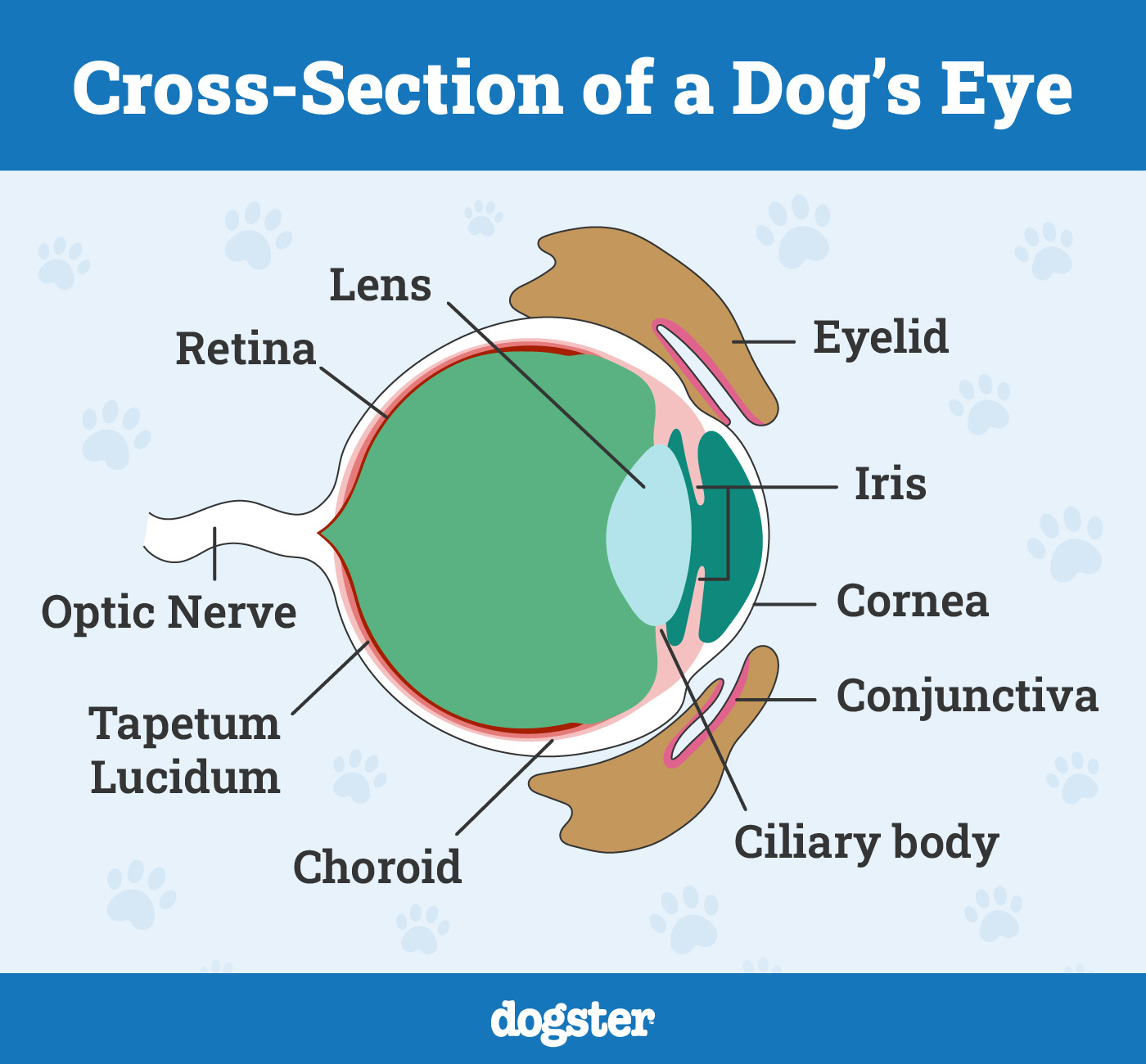
4. Cataracts
Cataracts cause the eye to become cloudy, which affects vision. In this condition, the lens of the eye is what becomes cloudy, varying from partial to complete coverage. It prevents the passage of light to the retina, which causes vision loss.
Toy breeds like Papillon are the most prone to this condition, which can be genetic or occur due to diabetes or old age; it’s a common cause of blindness in older dogs.
- The dog often hits the surrounding objects.
- They get scared more easily.
- They no longer appreciate distances well.
- The eyes have a cloudy appearance.
Cataracts can be treated by replacing the lens with an artificial one.
5. Separation Anxiety
Separation anxiety manifests through intense emotional stress when the dog is left alone in the house or in some cases, when they anticipate that you are going to leave the house.
An exact cause of the appearance of this behavioral issue cannot be established, but there are several theories. One is that premature weaning can lead to this condition. Excessive dependence on the owner, a slightly unstable emotional background, aging, and bad management of the owner’s departure and/or arrival are other possible causes.
If it only happens occasionally, it may not be a sign of concern. But if your dog exhibits several clinical signs regularly, they may be suffering from separation anxiety. Here are certain behaviors that a dog suffering from separation anxiety may show:
- Whining, pacing, or shaking while you’re away or you’re getting ready to leave the house
- Excessive barking
- Excessive howling
- Destructive behavior (chewing or digging, especially around doors, walls, or windows)
- Urination or defecation in unauthorized places
- Excessive salivation
- Excessive panting
Before diagnosing your pet with separation anxiety, a visit to the veterinarian and a set of tests are necessary to eliminate the discomfort generated by a health problem.
Socialization and exposure to various environmental factors can help your dog adopt healthy behavioral patterns. Training can also be a good remedy for your dog.
If you are concerned about the health and well-being of your pet, we recommend getting in touch with a vet for guidance.
If you need to speak with a vet but can't get to one, head over to PangoVet. It's our online service where you can talk to a vet online and get the advice you need for your dog — all at an affordable price!


Conclusion
Like any other breed, Papillons can suffer from certain health or behavioral problems. The most common are PRA, patellar luxation, cataracts, von Willebrand disease, or separation anxiety. Most of these are hereditary and have no treatment. For this reason, it is recommended to take your Papillon pup to the vet starting from a young age to have them examined and to confirm or deny the presence of these conditions.
See also:
- Papillon Mixes: History, Pictures & Info
- How Long Does a Papillon Live? Vet-Reviewed Average Lifespan, Data & Care
Featured Image Credit: Fayzulin Serg, Shutterstock
